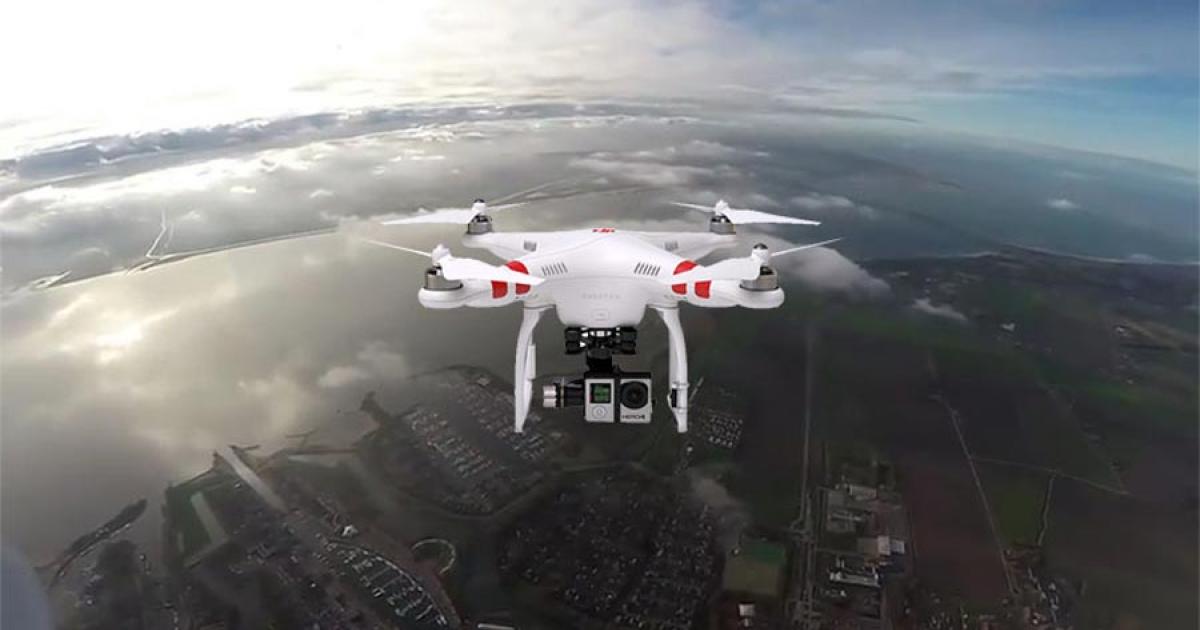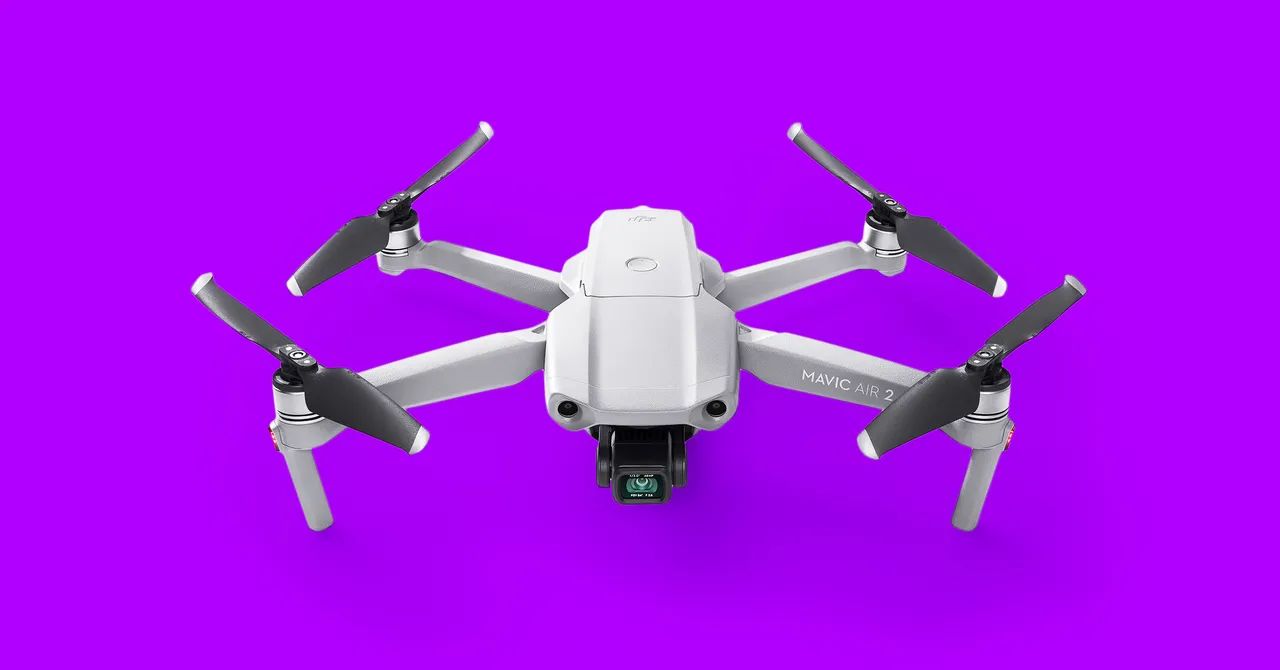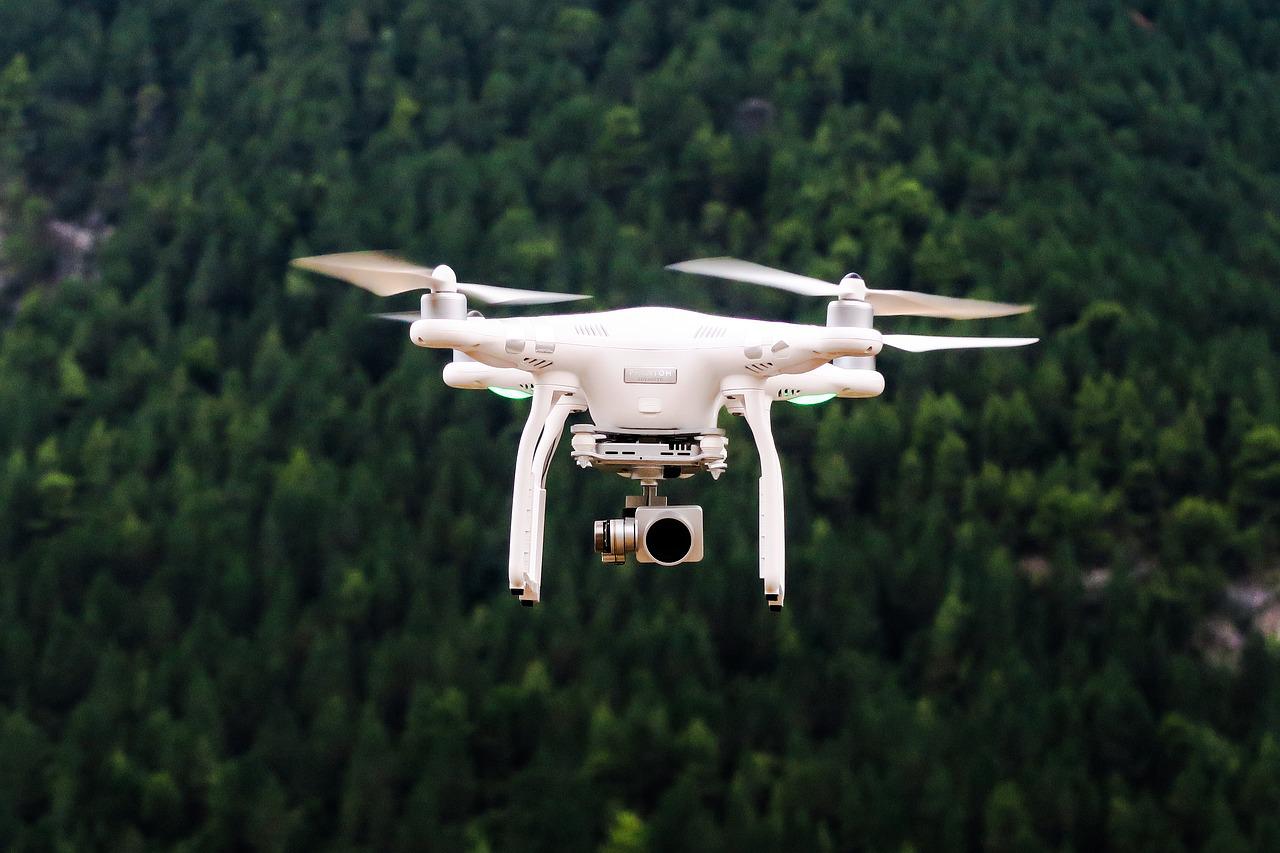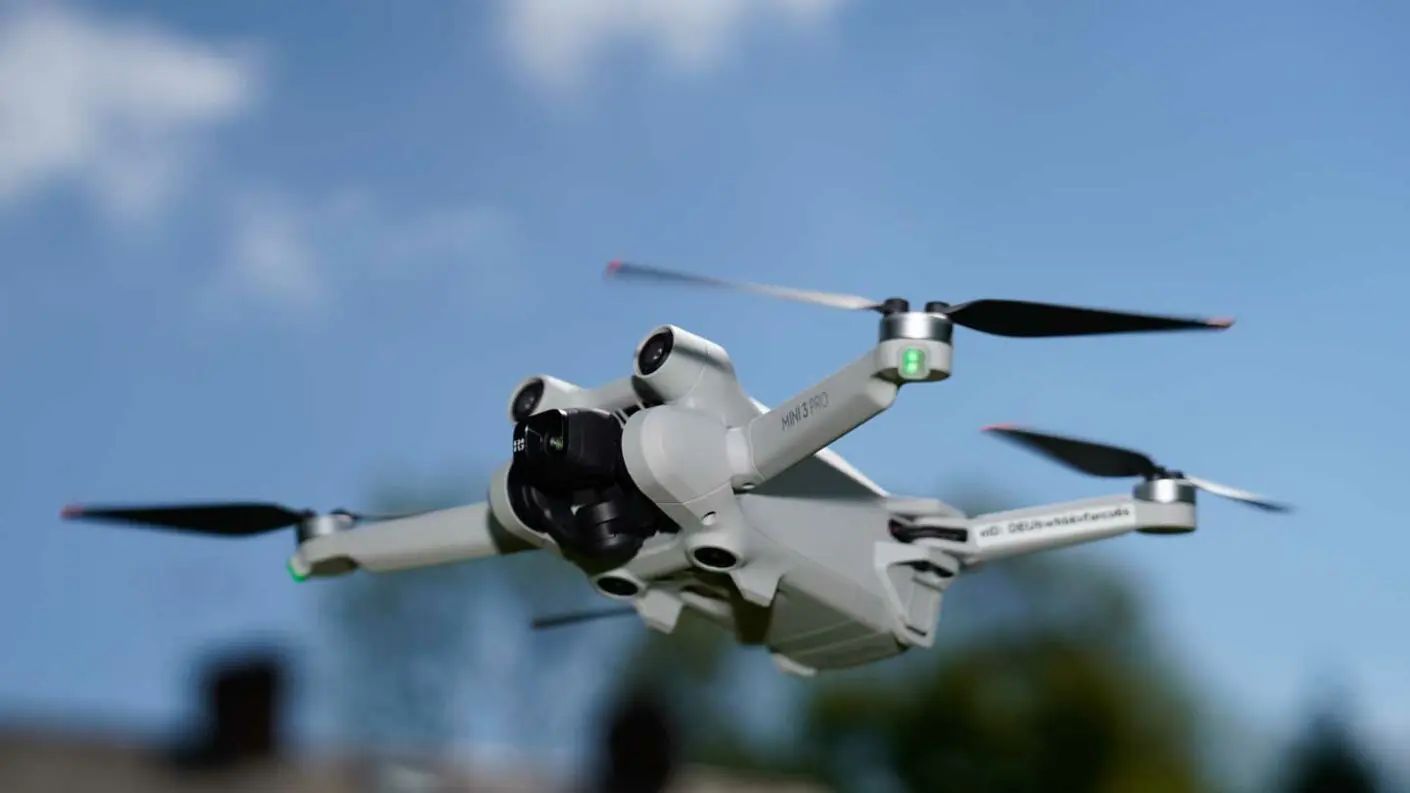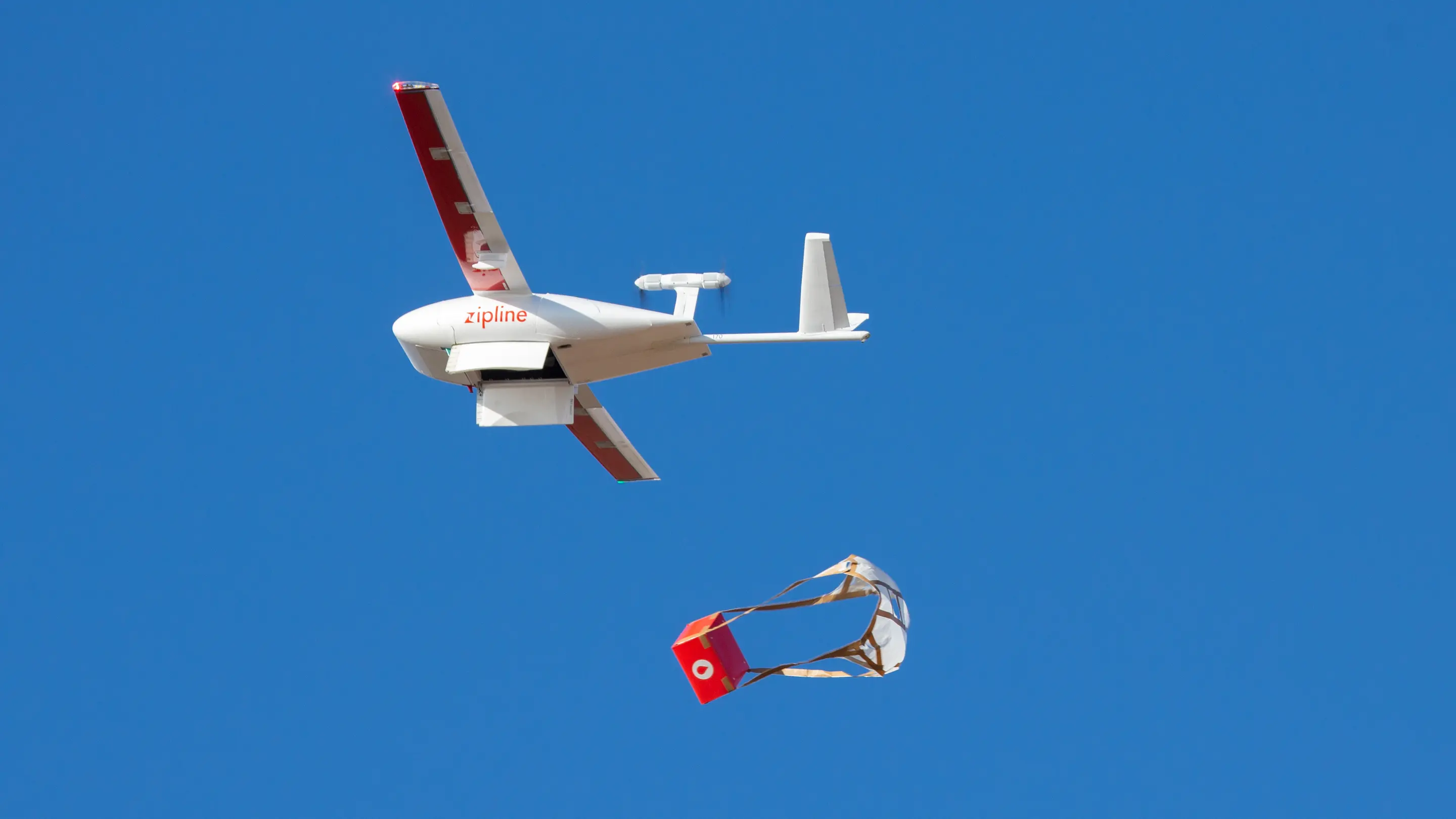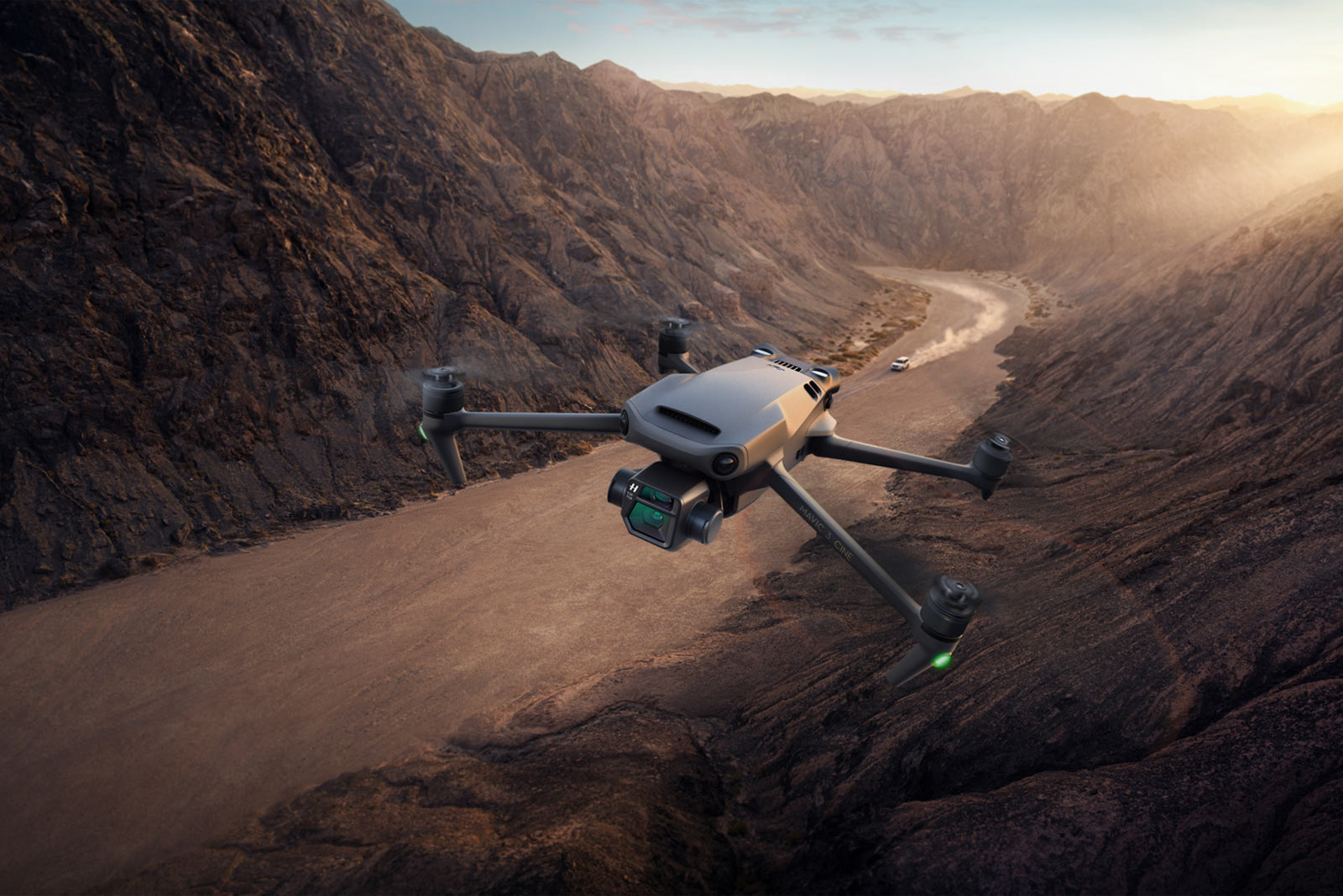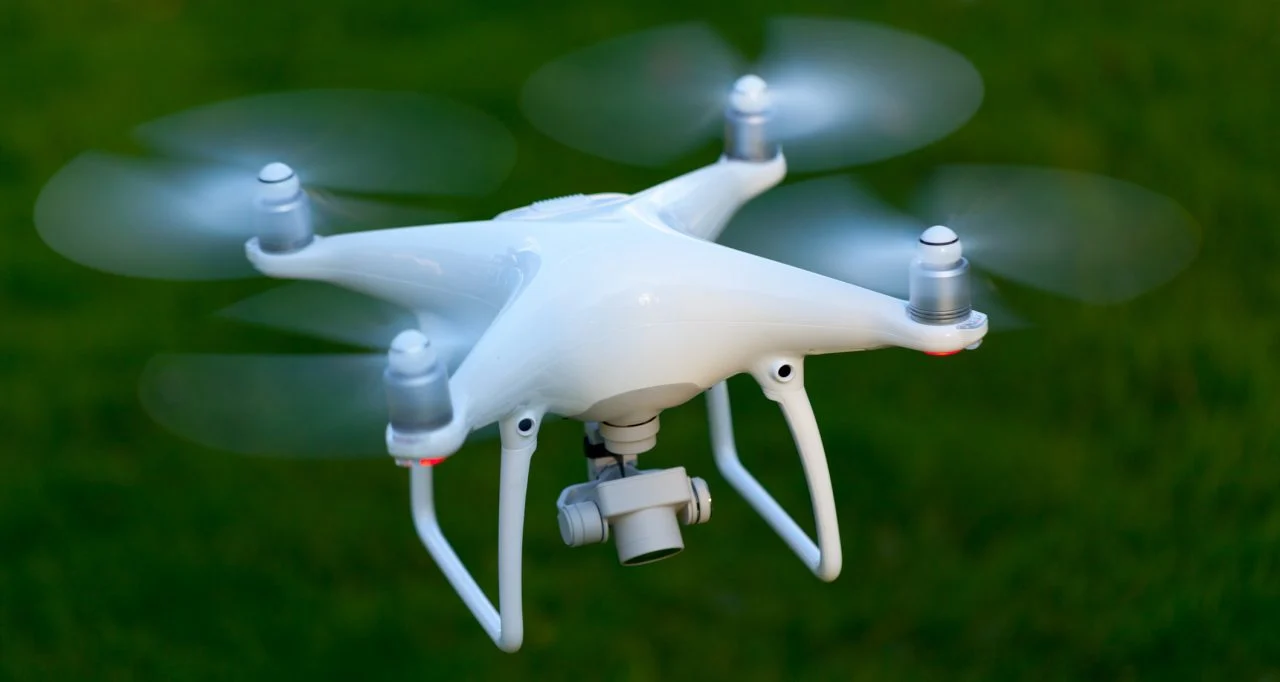Introduction
Welcome to the fascinating world of drones, where aerial photography and exhilarating flights are just a few clicks away. Drones, also known as unmanned aerial vehicles (UAVs), have become increasingly popular in recent years, offering a unique and captivating perspective on the world. However, it’s important to understand that flying a drone comes with certain regulations and limitations.
In this article, we will explore the question of how high a drone can legally fly. Drones are subject to specific regulations, issued by aviation authorities, to ensure the safety and privacy of both operators and the general public. Understanding these regulations is crucial for every drone pilot to avoid legal complications and maintain a responsible flying experience.
Before we dive into the details, let’s clarify some basic terminology. Drones are classified into different categories based on their size, weight, and capabilities. The regulations may vary depending on the classification of your drone, so it’s essential to know which category your drone falls under.
As we delve deeper, we will explore the different types of airspace and their implications for drone flying. Airspace is divided into controlled and uncontrolled areas, each with its own set of rules and restrictions. We will also discuss maximum altitude limits for drones and the factors that determine these limits.
In addition to general airspace regulations, there are specific considerations when flying drones near national parks, airports, and other sensitive locations. Understanding these special restrictions is crucial to avoid any unintentional violations and maintain the safety and privacy of these areas.
Violating drone altitude limits can have severe consequences, ranging from legal penalties to potential safety hazards. We will discuss the potential repercussions faced by those who disregard the regulations and emphasize the importance of flying within the prescribed limits.
Finally, we will provide practical tips for flying your drone legally and responsibly. These tips will help you navigate the regulations, ensure the safety of your flights, and respect the privacy of others.
So fasten your seatbelts and get ready for an exciting journey into the realm of drone regulations. By the end of this article, you will have a comprehensive understanding of how high a drone can legally fly and the necessary guidelines for a smooth and responsible drone flying experience.
The Basics: Understanding Drone Regulations
Before taking to the skies with your drone, it’s crucial to familiarize yourself with the regulations that govern its operation. Drone regulations aim to ensure the safety of both operators and the public, as well as protect privacy and maintain the integrity of airspace.
In many countries, drones are classified into different categories based on their size and weight. These categories determine the specific set of rules and requirements that must be followed. For instance, smaller drones may have fewer restrictions compared to larger ones.
One common regulation is the requirement to register your drone with the appropriate aviation authority. This helps ensure accountability and assists authorities in case of any incidents or violations. Failure to register your drone can lead to fines or legal consequences.
Another key aspect of drone regulations is the need for operators to obtain a remote pilot license or certificate. This requires passing a knowledge test and demonstrating a sufficient understanding of the rules and safety procedures. The license may have different names depending on the country or region, but the purpose remains the same: to ensure that operators are adequately trained and aware of their obligations.
Drone regulations also often address specific safety measures, such as the requirement to maintain visual line of sight (VLOS) with the drone while flying. This means that you must be able to see the drone at all times without the aid of binoculars or other devices. The rationale behind this rule is to prevent collisions and ensure the safe operation of the drone.
Additionally, regulations may include restrictions on flying near airports, heliports, or other sensitive locations. These areas have designated airspace to maintain the safety of manned aircraft. Flying near or within these areas without proper authorization can be hazardous and result in severe consequences.
Privacy concerns are also a significant consideration in drone regulations. Operators are typically prohibited from flying over private property without the consent of the owner. This ensures that individuals’ rights to privacy are respected and prevents unauthorized surveillance or invasion of personal space.
Understanding and complying with drone regulations is essential for every drone operator. Ignorance of these rules is not an excuse and can have serious legal and safety implications. By following the regulations, you contribute to the responsible and safe integration of drones into our airspace.
Classifying the Different Types of Airspace
When it comes to drone flying, it’s crucial to understand the various types of airspace and the regulations associated with each. Airspace is divided into different categories, each with its own set of rules and restrictions to ensure the safe and efficient operation of aircraft, including drones.
Class A airspace is the highest classification and is generally reserved for commercial airliners and other large aircraft operating in controlled airspace. Drones are not permitted to fly in Class A airspace due to the high altitude and complex operations taking place.
Class B airspace is typically found around major airports. This airspace is heavily regulated to ensure the safe flow of air traffic. Flying a drone in Class B airspace usually requires permission from air traffic control due to the proximity to busy airports and the potential risk of collision with other aircraft.
Class C airspace encompasses the airspace around smaller airports and areas with a significant amount of air traffic. Similar to Class B airspace, operating a drone in Class C airspace typically requires authorization from air traffic control. It’s essential to contact the appropriate authorities well in advance to obtain the necessary permissions.
Class D airspace refers to the airspace around smaller airports with control towers. While operating a drone in Class D airspace doesn’t usually require prior authorization, it’s still essential to exercise caution and be aware of any local regulations or restrictions.
Class E airspace is generally uncontrolled airspace that extends above Class G airspace, which includes most rural and remote areas. Operating a drone in Class E airspace generally doesn’t require authorization, but it’s important to stay informed about any specific guidelines or temporary restrictions that may be in place.
It’s worth noting that airspace classifications can vary between countries, so it’s crucial to research and understand the specific regulations governing drone flights in your location.
In addition to the different airspace classifications, temporary flight restrictions (TFRs) can be imposed in certain areas due to specific events or emergencies. For example, TFRs may be established during major sporting events, political gatherings, or natural disasters. It’s essential to stay updated on any TFRs that may affect your planned drone flight and adhere to the restrictions put in place for safety reasons.
By understanding the classifications of airspace and the associated regulations, you can plan your drone flights accordingly and ensure compliance with the rules in place. Remember that airspace restrictions are in place to maintain the safety of all airspace users, and it’s vital to respect these regulations to foster a harmonious and safe environment for all.
Exploring Maximum Altitude Limits for Drones
One of the key regulations that drone operators must adhere to is the maximum altitude limit. Maximum altitude limits are imposed to ensure the safety of manned aircraft, prevent interference with other aircraft operations, and minimize the risk of collisions.
The exact maximum altitude limit for drones can vary depending on the country or region you are in. In the United States, for example, the Federal Aviation Administration (FAA) sets the maximum altitude limit at 400 feet above ground level (AGL) for most drone operations. This limitation helps maintain a safe distance from manned aircraft and allows airspace to be shared effectively.
It’s important to note that the 400 feet AGL limit is not a universal standard. Some countries may have different maximum altitude limits, so it’s crucial to familiarize yourself with the specific regulations in your area. Additionally, there may be exemptions or special authorizations available for certain circumstances or purposes, such as commercial drone operations or research activities.
Understanding how altitude is measured is also essential. Altitude can be measured by either above ground level (AGL) or above sea level (ASL). Most drone regulations and altitude limits are based on AGL measurements, as this is the measurement that directly relates to the height of structures or obstacles on the ground.
Reaching the maximum altitude limit can have serious consequences, both legally and in terms of safety. Exceeding the maximum altitude can put your drone at risk of colliding with other aircraft, interfering with flight paths, and violating aviation regulations. It’s crucial to always maintain awareness of your drone’s altitude and ensure that it remains within the prescribed limits.
It’s worth mentioning that certain drone models may have built-in safety features that prevent them from flying above a certain altitude. These features are designed to enforce compliance with the regulations and provide an added layer of security. However, it’s important to always double-check and manually set the maximum altitude limit within legal bounds when operating your drone.
By adhering to the maximum altitude limits for drones, you contribute to the safe and responsible integration of drones into the airspace. Remember to always check and comply with the specific regulations in your area and respect the safety of other aircraft and airspace users.
Flying in Controlled Airspace: What You Need to Know
Controlled airspace refers to areas where air traffic control services are provided to monitor and regulate the flow of air traffic. These areas typically encompass airports, heliports, and other locations with significant air traffic. Flying a drone in controlled airspace requires special considerations and adherence to specific regulations to ensure the safety of all aircraft.
Before flying your drone in controlled airspace, it’s crucial to understand the procedures and requirements to obtain the necessary approvals. In many cases, you will need to request authorization from air traffic control (ATC) or obtain a specific permit or exemption issued by the aviation authority.
One of the key aspects of flying in controlled airspace is obtaining airspace authorization. This involves submitting a request to ATC, providing details about your drone flight, including date, time, location, altitude, and purpose. The ATC will review your request and either approve or deny it based on various factors such as airspace congestion, safety considerations, and the impact on other aircraft operations.
It’s important to note that obtaining airspace authorization may require advanced planning, as the process can take time. It’s recommended to submit your request well in advance of your planned flight to allow for any necessary coordination and approvals.
When operating in controlled airspace, it’s essential to maintain effective communication with air traffic control. This may involve utilizing specific frequencies or communication protocols designated for drone operations. Staying in contact with ATC allows them to provide necessary instructions, update you on any changes in traffic, and ensure that your drone’s flight path does not interfere with manned aircraft.
Additionally, it’s important to comply with any additional restrictions or requirements specific to the controlled airspace you are flying in. These may include staying within designated flight corridors, avoiding certain routes or altitudes, and adhering to specific operational procedures outlined by the aviation authority.
Remember, flying in controlled airspace without the necessary permissions or failing to adhere to the regulations can result in serious consequences, including fines, legal penalties, and potential endangerment of lives. It’s crucial to prioritize safety, respect the regulations, and maintain open communication with air traffic control when operating in controlled airspace.
By following the proper procedures and obtaining the required authorizations, you can safely and responsibly fly your drone in controlled airspace. Planning ahead, being proactive in coordinating with ATC, and maintaining situational awareness are essential steps to ensure a successful and compliant flight.
Special Considerations: National Parks, Airports, and More
When flying a drone, it’s important to be aware of certain special considerations and restrictions that apply to specific locations or situations. These considerations are put in place to protect sensitive areas, ensure the safety of manned aircraft, and respect the privacy of individuals. Two common locations that require special attention are national parks and airports.
National parks are often pristine and fragile ecosystems that need to be preserved and protected. Many national parks have specific regulations regarding drone usage to minimize disturbances to wildlife and visitors. These regulations can vary from park to park, so it’s essential to research and familiarize yourself with the rules and obtain any necessary permits before flying your drone in a national park.
Airports and their surrounding areas are designated as controlled airspace and require stringent regulations to ensure the safety of manned aircraft. Flying a drone near an airport is strictly prohibited without proper authorization from air traffic control. Even in areas outside the immediate vicinity of an airport, specific altitude restrictions may be in place to prevent interference with aircraft operations.
In addition to national parks and airports, there may be other locations that have specific restrictions on drone usage. These can include government properties, military installations, or private lands where flying a drone without permission may be prohibited. It’s crucial to research and respect any restrictions imposed on these areas to avoid violations and potential legal consequences.
Many countries have developed tools and resources for drone operators to easily identify no-fly zones and restricted areas. These tools utilize geofencing technology and provide real-time information on areas where drone operations are either prohibited or require special permissions. It’s recommended to make use of these resources to plan your drone flights accordingly and ensure compliance with the regulations.
Additionally, it’s important to respect the privacy of individuals when flying your drone. Avoid flying over private properties without the permission of the property owner. Even in public spaces, it’s essential to consider the privacy concerns of individuals who may be present nearby. Being mindful of your surroundings and respectful of people’s privacy helps to maintain a positive perception of drones and promotes responsible drone operation.
By understanding and adhering to the special considerations and restrictions in place for specific locations, you can prevent disturbances, protect sensitive areas, and maintain the safety and privacy of both aircraft and individuals. Always research and follow the rules and regulations of the areas you intend to fly your drone to ensure a responsible and enjoyable experience.
What Are the Consequences of Violating Drone Altitude Limits?
Violating the drone altitude limits set by aviation authorities can have serious consequences, both legally and in terms of safety. These limits are put in place to ensure the safe operation of drones and prevent interference with manned aircraft and other airspace users.
One of the primary consequences of exceeding the maximum altitude limits is the risk of collision with other aircraft. Manned aircraft operate within specific altitude corridors, and flying a drone above the allowed limit increases the likelihood of a mid-air collision. Such a collision can have catastrophic consequences, posing a significant risk to life and property.
Moreover, exceeding altitude limits can disrupt the flow of air traffic and interfere with the operations of other aircraft. This creates a potential safety hazard and can lead to delays or disruptions in commercial air traffic. Aviation authorities take these violations seriously and work diligently to ensure the integrity and safety of the airspace.
From a legal standpoint, violating drone altitude limits may lead to fines, penalties, or other forms of legal consequences. Aviation authorities have the power to enforce these regulations and penalize individuals who disregard them. The severity of the penalties can vary depending on the jurisdiction and the nature of the violation.
Reputation damage is another consequence that drone operators can face when they violate altitude limits. Irresponsible drone flying, such as flying at excessive altitudes, reflects poorly on the entire drone community. It can contribute to negative perceptions and increased public scrutiny of drone operations. Building and maintaining a positive image for drones is essential for their continued acceptance and integration into society.
It’s important to note that consequences for violating drone altitude limits can extend beyond legal penalties. Drone operators may face restrictions or revocations of their remote pilot license or flight authorizations. This can severely limit their ability to continue operating drones commercially or for recreational purposes.
By respecting and adhering to the altitude limits for drones, you contribute to the overall safety of the airspace and help maintain a positive image for drone operations. It’s important to educate yourself on the specific regulations in your area and stay up-to-date with any changes or updates issued by the aviation authorities.
Ultimately, responsible and compliant drone operation benefits both the operator and the wider community. By flying within the prescribed altitude limits, you ensure the safety of all aircraft, avoid legal consequences, and help foster a positive environment for the continued growth and use of drones.
Tips for Flying Your Drone Legally and Responsibly
Flying a drone can be an incredibly rewarding experience, but it’s crucial to do so within the bounds of the law and with respect for the safety and privacy of others. Here are some tips to help you fly your drone legally and responsibly:
- Know the regulations: Familiarize yourself with the drone regulations in your country or region. Understand the rules regarding registration, licensing, flight restrictions, and altitude limits. Keeping updated with any changes or updates to the regulations is essential.
- Respect no-fly zones: Be aware of and respect areas where drone flights are prohibited or restricted. These can include airports, national parks, government properties, and private lands. Make use of geofencing tools and check for any temporary flight restrictions in place before you fly.
- Obtain necessary authorizations: If you plan to fly in controlled airspace or other restricted areas, make sure to obtain the required authorizations or permits in advance. Contact air traffic control or the relevant authorities to request airspace authorization and follow any specific procedures or guidelines they provide.
- Maintain visual line of sight: Keep your drone within your line of sight at all times during the flight. This helps ensure you can see and avoid potential obstacles, other aircraft, or hazards. Using binoculars or other devices to maintain visual contact is not permitted in most jurisdictions.
- Respect privacy: Avoid flying over private properties without permission from the owners. Even in public spaces, be mindful of the privacy concerns of individuals and respect their personal space. Do not use your drone for unauthorized surveillance or invasion of privacy.
- Be cautious of weather conditions: Be mindful of weather conditions and how they can affect your drone. Strong winds, rain, or low visibility can impact the stability and navigation of your drone. Avoid flying in adverse weather conditions that may pose risks to your drone’s flight and the safety of others.
- Practice safe flying techniques: Learn and practice safe flying techniques, including smooth takeoffs and landings, gradual maneuvers, and maintaining a safe distance from people, structures, and aircraft. Be mindful of your drone’s battery life and plan your flights accordingly.
- Stay updated on technology: Keep up with advancements in drone technology, including firmware updates, safety features, and flight control systems. Regularly check for updates and follow manufacturer guidelines to ensure your drone operates at its best and complies with any necessary safety requirements.
- Continuously educate yourself: Stay informed about the latest developments, best practices, and regulations regarding drone operations. Attend workshops, participate in online forums, and connect with other drone enthusiasts to learn from their experiences and stay up-to-date with the evolving drone industry.
By following these tips, you can enjoy the exciting world of drone flying while maintaining a responsible and legal approach. Remember, being a responsible drone pilot not only ensures your own safety and enjoyment but also contributes to the acceptance and positive perception of drones in society.
Conclusion
Flying a drone is an exhilarating experience that allows us to capture breathtaking aerial views and explore the world from a unique perspective. However, it’s important to operate drones within the bounds of the law and with a strong sense of responsibility. By understanding and complying with the regulations set by aviation authorities, we can ensure the safety of our drones, other aircraft, and the people around us.
In this article, we have explored various aspects of drone regulations, including understanding the maximum altitude limits, navigating controlled airspace, and being mindful of special considerations such as national parks and airports. We have also provided tips for flying drones legally and responsibly, covering areas such as knowing the regulations, respecting no-fly zones, maintaining visual line of sight, and staying updated on technology.
As drone technology continues to advance and become more accessible, it’s crucial for every drone operator to stay informed and educated about the regulations and best practices. Regularly checking for updates, networking with fellow enthusiasts, and continuously learning about safe flying techniques are essential for the responsible integration of drones into our airspace.
Operating a drone comes with responsibilities, including respecting the privacy of others, being cautious of weather conditions, and always prioritizing safety. By following these guidelines, we can ensure that drones remain a positive tool for creativity, exploration, and innovation.
Remember, the reputation of the drone community as a whole is built upon individual actions. By flying within permitted altitudes, obtaining necessary authorizations, and respecting the rules and regulations in place, we contribute to the safe and responsible operation of drones.
So let’s continue to explore the skies, capture stunning images and videos, and inspire others with our drone flights, all while upholding the values of safety, legality, and respect for others. Happy flying!







